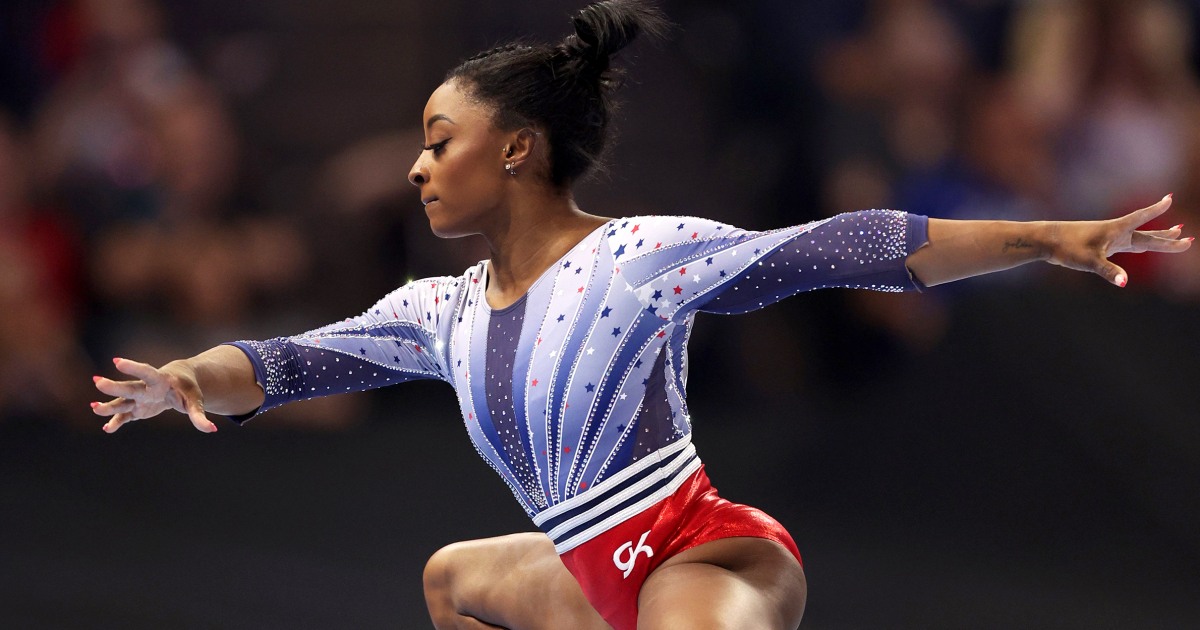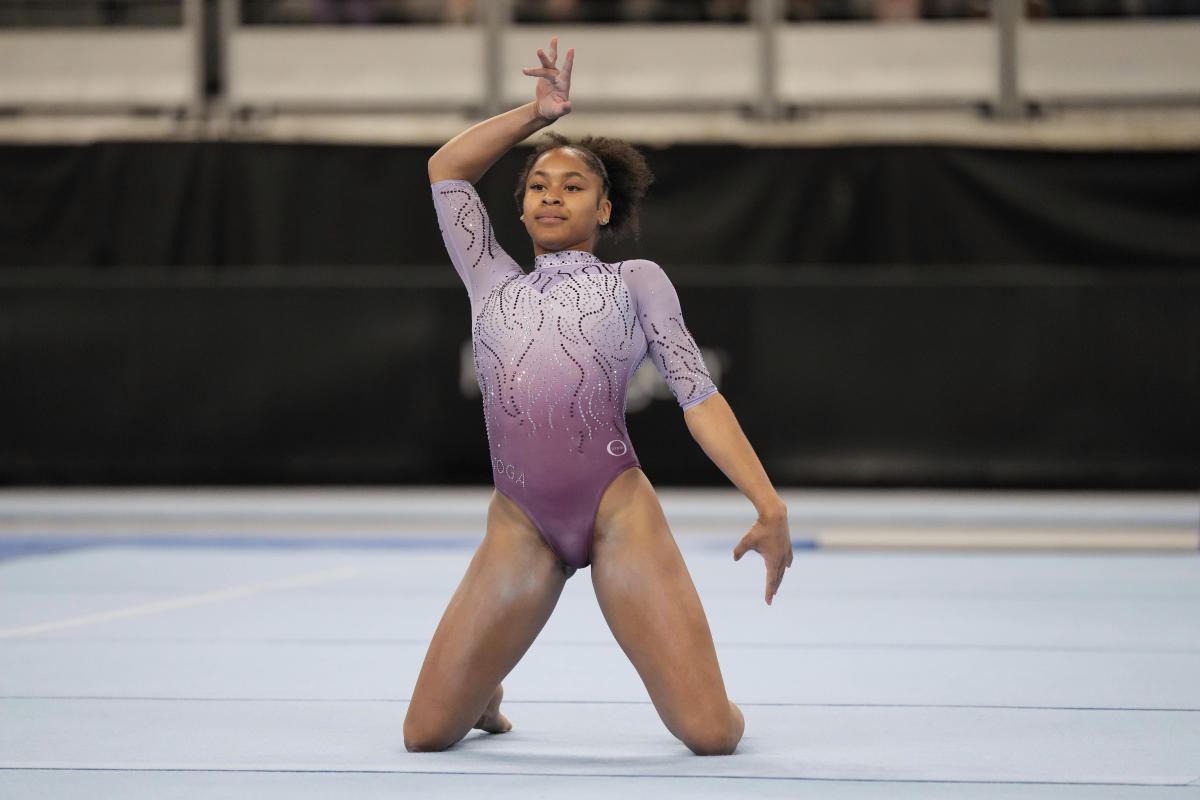Common Gymnastics Injuries
Gymnastics injuries – Gymnastics is a demanding sport that requires a high level of strength, flexibility, and coordination. However, this demanding nature also makes gymnasts susceptible to a variety of injuries.
According to the American Academy of Pediatrics, gymnastics is the third leading cause of sports-related injuries among children and adolescents. The most common injuries in gymnastics include:
- Wrist sprains
- Ankle sprains
- Stress fractures
- Knee injuries
- Shoulder injuries
- Back injuries
The biomechanics of gymnastics contribute to the high risk of injury. Gymnasts perform repetitive movements that put stress on their joints and muscles. They also land from high heights, which can impact their bones and joints.
The intensity and duration of training can also impact the risk of injury. Gymnasts who train for long hours or at a high intensity are more likely to experience injuries.
Wrist Sprains
Wrist sprains are one of the most common injuries in gymnastics. They occur when the ligaments in the wrist are stretched or torn. Wrist sprains can be caused by a variety of factors, including:
- Falling on an outstretched hand
- Landing awkwardly from a jump
- Gripping the bar too tightly
Wrist sprains can range from mild to severe. Mild sprains may only cause pain and swelling, while severe sprains can result in instability and loss of function.
Gymnastics injuries, a common concern among gymnasts, can hinder their performance in competitions like the upcoming gymnastic olympic trials. These trials serve as a crucial stage for gymnasts to showcase their skills and qualify for the Olympic Games. However, the intense training and demanding routines often lead to injuries, which can be a significant setback in their pursuit of excellence.
Ankle Sprains, Gymnastics injuries
Ankle sprains are another common injury in gymnastics. They occur when the ligaments in the ankle are stretched or torn. Ankle sprains can be caused by a variety of factors, including:
- Landing awkwardly from a jump
- Stepping on an uneven surface
- Rolling the ankle
Ankle sprains can range from mild to severe. Mild sprains may only cause pain and swelling, while severe sprains can result in instability and loss of function.
Gymnastics is a demanding sport that can take a toll on the body, leading to various injuries. One such injury is the vault, which can put immense stress on the ankles, knees, and spine. However, the kayla dicello vault is a testament to the resilience and determination of gymnasts.
Despite the risks involved, gymnasts continue to push their limits, showcasing their incredible strength and agility while striving for perfection in their sport.
Stress Fractures
Stress fractures are small cracks in the bone that are caused by repetitive stress. Stress fractures can occur in any bone, but they are most common in the lower legs and feet. In gymnastics, stress fractures are often caused by:
- Repetitive jumping and landing
- Running on hard surfaces
- Wearing shoes that do not provide adequate support
Stress fractures can be very painful and can lead to long-term problems if not treated properly.
Prevention and Treatment of Gymnastics Injuries
Gymnastics is a demanding sport that requires athletes to perform complex and strenuous movements. As a result, gymnasts are at risk for a variety of injuries. However, there are a number of things that gymnasts can do to prevent and treat injuries.
Prevention
The best way to prevent gymnastics injuries is to follow proper warm-up and conditioning routines. Warm-up exercises should prepare the body for the specific movements that will be performed during the workout. Conditioning exercises should help to strengthen the muscles and joints that are used in gymnastics. In addition, gymnasts should use proper technique when performing all exercises.
Treatment
If a gymnast does suffer an injury, there are a number of treatment options available. The most common treatment method is RICE therapy, which stands for rest, ice, compression, and elevation. RICE therapy can help to reduce pain and swelling and promote healing. In some cases, physical therapy may also be necessary to help the gymnast regain range of motion and strength. In severe cases, surgery may be necessary to repair damaged tissue.
Rest and Recovery
Rest and recovery are essential for the healing process. Gymnasts should avoid activities that aggravate their injuries and allow their bodies time to heal. In addition, gymnasts should eat a healthy diet and get plenty of sleep to support their recovery.
Rehabilitation and Return to Gymnastics: Gymnastics Injuries

Recovering from a gymnastics injury requires a comprehensive rehabilitation plan that addresses the specific needs of the gymnast. This plan should include a gradual progression of exercises, stretching, and proprioceptive training to restore range of motion, strength, and stability. It is essential to follow the guidance of a qualified physical therapist or athletic trainer throughout the rehabilitation process to ensure a safe and effective return to gymnastics.
Progressive Exercises
Progressive exercises are an essential component of rehabilitation. They gradually increase the intensity and complexity of exercises to challenge the gymnast’s body and promote healing. These exercises should be tailored to the gymnast’s individual needs and injury. Examples of progressive exercises for gymnasts include:
- Range of motion exercises: These exercises help to restore the gymnast’s range of motion after an injury. They may include gentle stretching, active range of motion exercises, and passive range of motion exercises.
- Strengthening exercises: These exercises help to strengthen the muscles around the injured area. They may include isometric exercises, isotonic exercises, and plyometric exercises.
- Proprioceptive exercises: These exercises help to improve the gymnast’s balance and coordination. They may include exercises that challenge the gymnast’s sense of balance, such as standing on one leg or walking on a balance beam.
